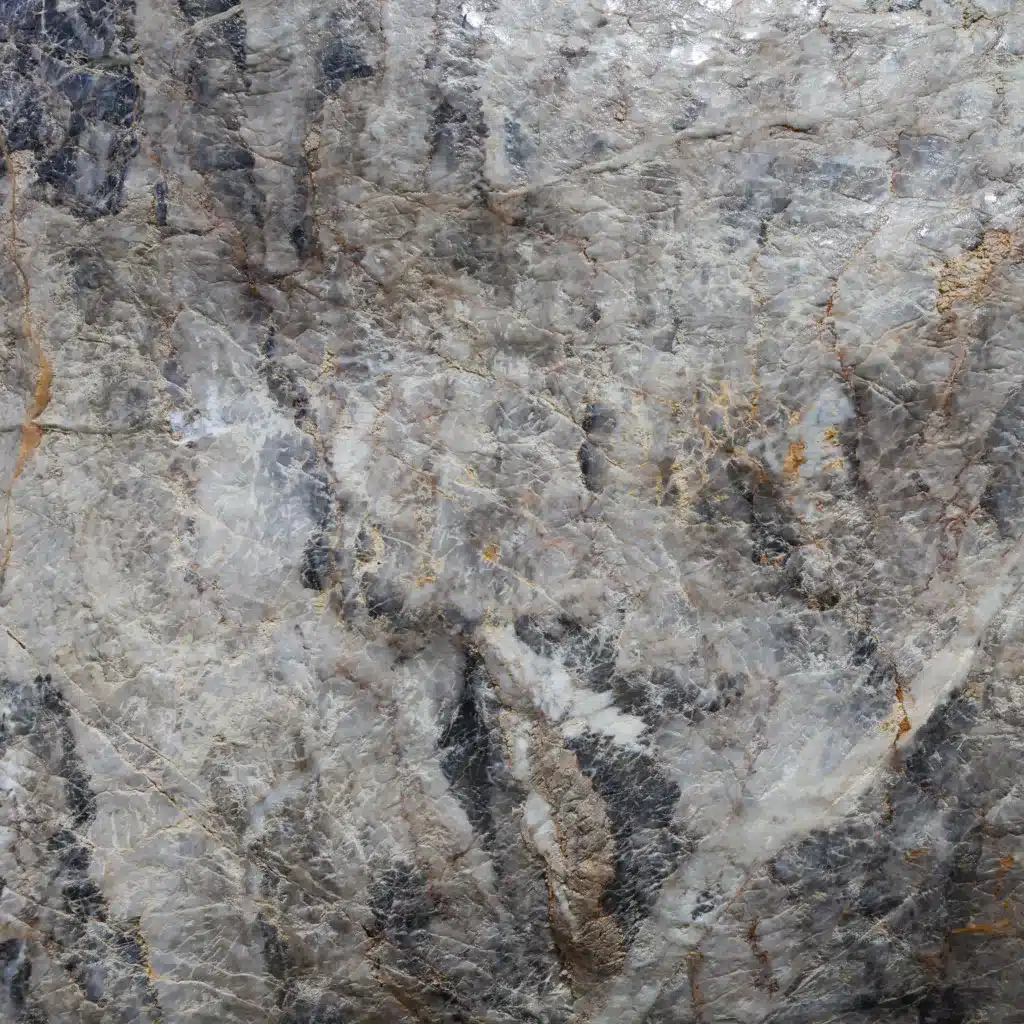Natural stone is a gorgeous addition to any property. It can be used in a wide variety of applications and can either soften the feel of a room or work as a bold attention-getter. While natural stone has many advantages, the pitfalls of stone should not be overlooked while making your selection. It is wise to be informed so you know what you are walking into.

The Common Pitfalls of Stone
Natural stone countertops vary in shading, texture, coloration, and thickness. This is one of the things that makes them most attractive. Customers are, however, responsible for choosing their own slabs and should walk into the purchase with their eyes open. In a spirit of candor, therefore, here are six of the most common pitfalls of stone.
Pits
The first of our common pitfalls of stone are literally pits. Some varieties of stone develop pockmarks on the surface when they are processed. Pitting is an especially common occurrence in granite because it is an amalgamation of many different kinds of minerals, including feldspar, quartz, and biotite.
While the first two are relatively high on the Mohs Hardness scale, biotite is not and tends to flake away with comparative ease. When a granite slab is treated, the quartz, feldspar, and other harder components become polished as intended while the small black spots of biotite are whittled away. This leaves pits, and higher biotite content will result in a granite slab with more pits.
Pitting is possible in any stone composed of different components of varying hardnesses. The good news is that pits do not weaken the stone. In fact, they are not even usually filled because the attempt is not worth the cosmetic damage that usually follows. If pitting is a dealbreaker for your countertop, we recommend a kind of stone with a more uniform composition.
Cracks
Cracks can be one of the most serious pitfalls of stone. These defects occur because of manmade mechanically-induced stress during fabrication, handling, transportation, or installation of the stone slab. When such stress is too much for the stone, perhaps through pre-existing internal weakness, the slab cracks.
Cracking can be dealt with in one of several ways. The first is simply to avoid using a piece of stone that shows evidence of cracking before fabrication. If the kind of stone in question is known to be less enduring, this may not be a viable option. In such cases, cracked pieces can be cemented together with polyester or epoxy resin.
If a crack occurs while the stone is being handled and the stone also chips, repairs are even more difficult to perform and conceal. Usually a penetrating resin adhesive, dyed to match the stone, is injected and then buffed, but often the entire area has to be repolished. In such or even more dramatic cases, replacing the slab may be a less involved option.

Chips
Chips are the pitfalls of stone that seem small but can actually be a lot of work to repair. They manifest as gouges in the slab where pieces of the stone have broken off. They can result when the stone is handled or processed, particularly during sawing operations or using restraint devices. Chipping is most common in igneous stone, like granite.
If chips can be repaired, the process is usually done by restoring the chipped off piece with epoxy or polyester resin. While these can be dyed, the repair is usually less apparent if it is not. Fortunately the irregular patterning of granite tends to mask chipping repairs well, generally speaking.
Fissures
Fissures are defined as a visible separation along intercrystalline boundaries. Sometimes these are filled with mineral-bearing material according to the American Geosciences Institute. Fissures, unlike cracks, are naturally occurring and are generally extensive, even spanning over stone edges. They may also be found in other areas of the same stone slab or other slabs of the same material.
Fissures result from the natural heating and cooling processes of stone formation. While some consider them one of the most dramatic pitfalls of stone, they are actually quite easily dealt with in comparison to other natural stone flaws. Fissures do not expand over time and can be filled with epoxy resin to even out the stone’s surface.
Color Irregularity
One characteristic that is sometimes considered one of the pitfalls of stone is color irregularity. The appearance of a slab of stone will be greatly affected by lighting conditions where it is installed. The angle of light can sometimes cause what appear to be dull spots on a countertop or stone sample.
Conversely, this trait is also one of the greatest advantages of using natural stone. Every slab of natural stone is entirely unique, and all samples are simply pieces of a large diverse slab. This means that while samples can be used as a guide, all final design choices should be based on currently stocked stone slabs. This is also why it is vital for homeowners to choose their own stone slabs, so they can be sure they love what they get.

Size Variability
It is not uncommon for stone slabs to vary in thickness by approximately ⅛”. This is not indicative of any fault; it is simply a natural characteristic of stone products. Installation contractors will know how to manage uneven slabs.
Finding the Right Stone for Your Space
At Out of the Woods Custom Cabinetry, we offer stone countertops of marble, quartzite, and marble. We don’t shy away from either the pros or cons of natural stone, choosing instead to work as much as we can with raw materials. In this way we stay true to our tagline: “Where Nature & Style Meet.”
When you work with us to find the right countertop for your space, you are guaranteed the best craftsmanship and materials to blend a love of the authentic and beautiful artistry. With our intimate understanding of natural stone, we can help you avoid the pitfalls and create a space you truly love.

